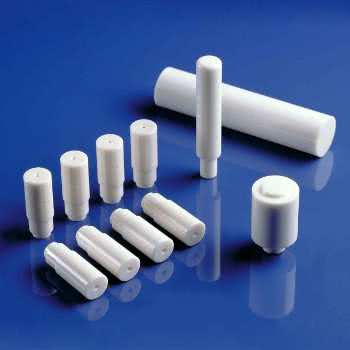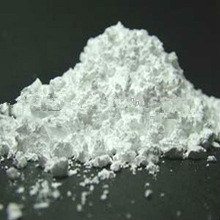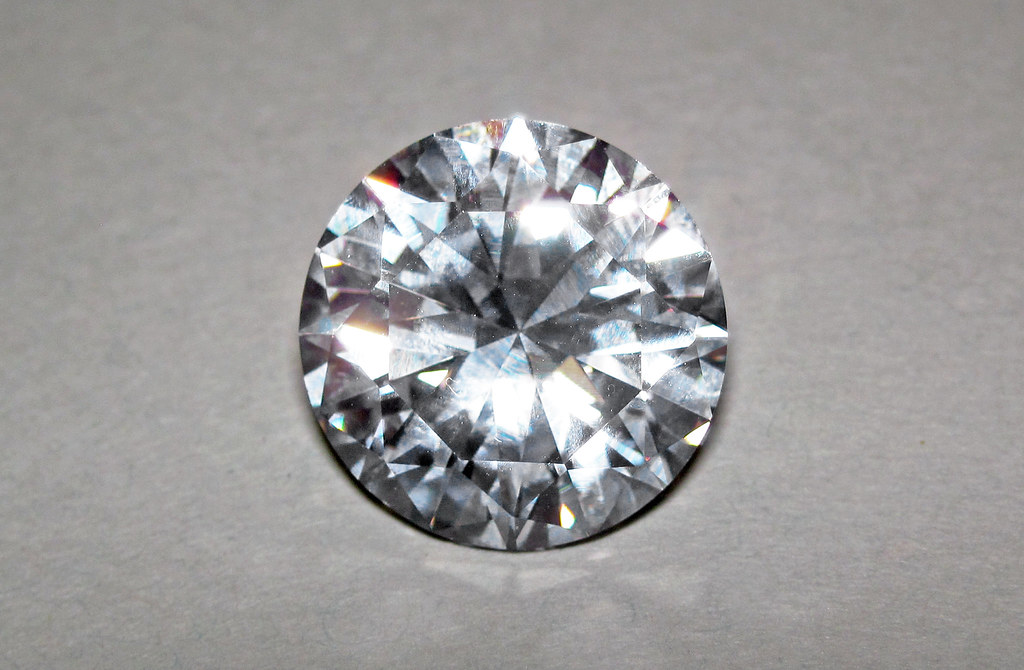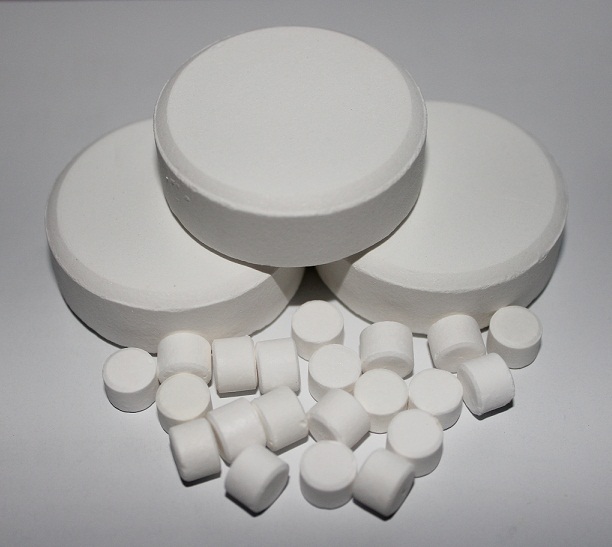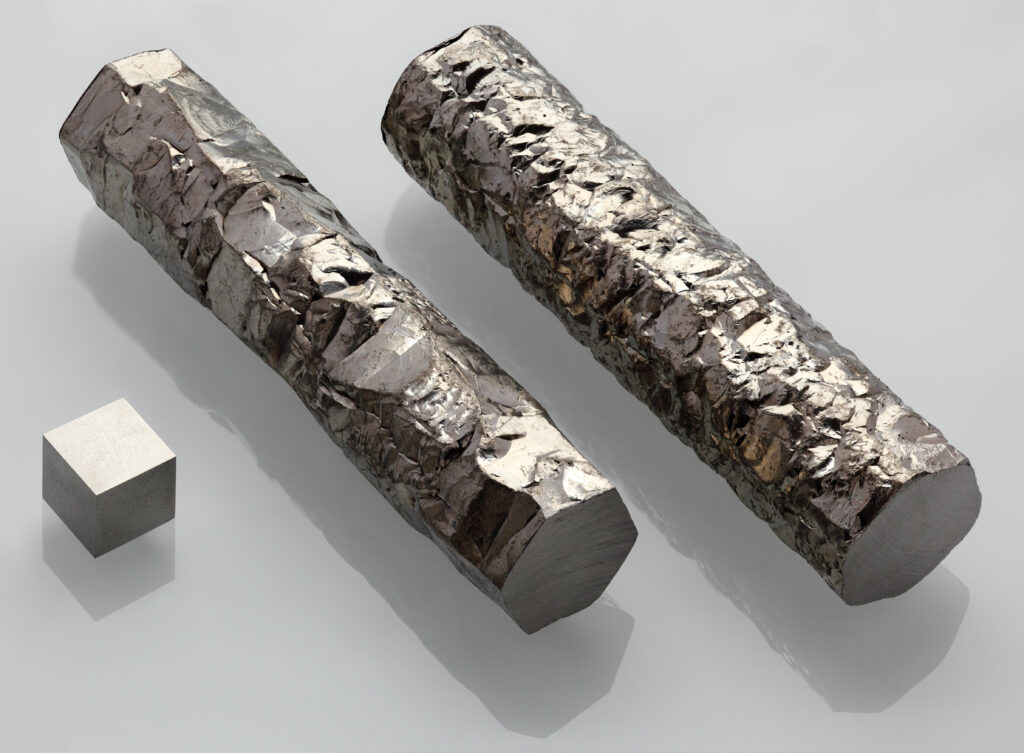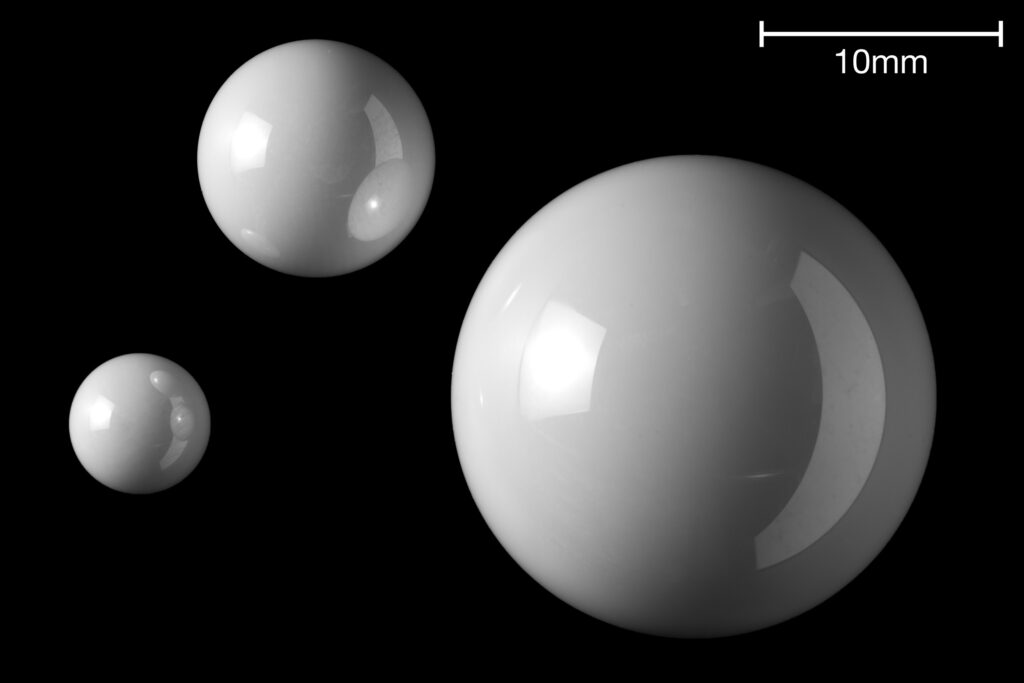Zirconium Dioxide
- Overview
- Properties & Applications
- Spesification
Overview
Zirconium dioxide or zirconia is one of the most widely used ceramic oxides. Its applications range from use in abrasive products, dental bridges and crowns, additive in paints and lacquers, in fuel cell membranes and in joint implants. Zirconium dioxide is also utilised as white pigment for porcelain or in a mixture with vanadium oxide as yellow pigment. Most consumers associate the material with ceramic kitchen knives found in many households nowadays and their blades are made of zirconia. Most products on the market are manufactured based on micro-crystalline zirconium dioxide powders, only niche markets have started to increasingly use powers of zirconium dioxide nanoparticles.
The main use of zirconia is in the production of hard ceramics, such as in dentistry, with other uses including as a protective coating on particles of titanium dioxide pigments, as a refractory material, in insulation, abrasives, and enamels. Stabilized zirconia is used in oxygen sensors and fuel cell membranes because it has the ability to allow oxygen ions to move freely through the crystal structure at high temperatures. This high ionic conductivity (and a low electronic conductivity) makes it one of the most useful electroceramics. Zirconium dioxide is also used as the solid electrolyte in electrochromic devices. Zirconia is a precursor to the electroceramic lead zirconate titanate (PZT), which is a high-κ dielectric, which is found in myriad components.
Properties and Applications
Zirconium dioxide (ZrO2), which is also referred to as zirconium oxide or zirconia, is an inorganic metal oxide that is mainly used in ceramic materials. Zirconium dioxide succeeds zirconium as the compound of the element zirconium that most frequently occurs in nature. It is a heavy metal of which 0,016 % is found in the earth crust and which, thus, occurs more frequently than the elements chlorine and copper. Its great hardness, low reactivity, and high melting point have made it the oldest mineral that can be found on the earth. Zirconium does not occur massively but is bound in minerals, mainly in zircon (ZrSiO4).
Zircon is also known as a precious stone whose color may vary from colorless white to brown, green, etc., depending on the traces of impurities. Due to their high optical density, zircon (and zirconia) gems have high refraction indices. Provided they are pure and large enough, they are suited, therefore, as (cheaper) substitutes for diamonds. None of the natural isotopes of zircon is radioactive. Yet, since zircon is relatively often impurified with uranium oxides and other radioactive substances such as thorium salts, it is responsible for much of the natural radioactive radiation. Geological age determination through radioactive dating, for example, makes use of such impurities.
Zirconium dioxide is the most important zirconium compound which due to its properties is used in various products. In nature, ZrO2 occurs in the mineral form as baddeleyite, a modification in monoclinic crystal lattices (which is often found as weathered grit in gravel). Zirconium dioxide is non-magnetic and highly resistant against acids, alkaline lyes, and exogenous (chemical, thermal, and mechanical) influences. Zirconium dioxide has a high thermal stability. It does not melt below 2680°C, which is why it is used in high-temperature ceramics such as crucibles or furnaces. Since, in addition, it has a high mechanical stability and is very resistant to abrasion, it serves to e.g., improve the properties (especially the scratch resistance) of varnishes and coatings applied as top coats to automobiles, or as finishes to parquets and furniture. Zirconium dioxide is also found in varnishes for electronic items, in nail polishes, in ink jet printer’s inks, and other products. Besides, it is known as an abrasive and is found (like titanium dioxide) as a white pigment in porcelain.
Moreover, hip joint endoprostheses and other high-performance medical ceramics benefit from the advantages of zirconium dioxide. Dentistry makes use of its special properties when manufacturing corona frames and bridge frames, tooth root studs, and metal-free dental implants. Zirconium dioxide is the most widely used oxide ceramic next to aluminium oxide. Thanks to its electrolytic conductivity, it was used as early as in 1897 in the incandescent bodies (ceramic rods) of the Nernst lamp, an electrically powered incandescent lamp invented by the German physicist and chemist Walther Nernst.
Zirconium dioxide is not self-inflammable as nanometer-sized powder. Also as a mixture with air (dust) under the influence of an ignition source, it is not inflammable, so there is no possibility of a dust explosion.
Spesification
| ITEMS | SPECIFICATIONS |
|---|---|
| Appearance | White powder |
| Content, % | >99.9 |
| Primary average particle size, nm | 25-30 |
| Specific surface area, m2/g | 10-30 |
